What Causes Bite Alignment Problems?
In the world of dentistry, bite alignment is a crucial element of oral health. Also known as malocclusion, bite alignment problems refer to the misalignment of teeth and how the upper and lower jaws fit together. Misalignments can lead to numerous dental issues, including discomfort, difficulty in chewing, and aesthetic concerns. At Dentistry Toothtruth, understanding the causes of these problems is the first step towards effective treatment and achieving optimal dental health for our audience in the United States.
Genetic Factors
Genetics play a significant role in the development of bite alignment problems. Traits such as jaw size, tooth size, and even the alignment of individual teeth are often inherited. When parents pass down certain genetic predispositions, their children might develop an overbite, underbite, or other forms of malocclusion. Studies indicate that about 30-40% of all orthodontic cases can be attributed to genetic issues, highlighting the importance of family dental history when assessing one's dental health.
Childhood Habits
During childhood, certain habits can significantly impact bite alignment. Thumb sucking, prolonged use of a pacifier, and tongue thrusting are common causes of these issues. For example, thumb sucking beyond the age of five can push the front teeth forward, resulting in an overbite. Similarly, tongue thrusting can cause open bites where the upper and lower teeth do not meet properly. As discussed on Dentistry Toothtruth, early intervention and addressing these habits can prevent long-term orthodontic problems.
Loss of Baby Teeth
The premature loss or retention of baby teeth can significantly disrupt the natural development of adult teeth. When baby teeth are lost too early, the adjacent teeth may shift into the empty space, causing crowding and misalignment when permanent teeth emerge. Conversely, if baby teeth don’t fall out on time, they can obstruct the path for adult teeth, leading to a misaligned bite. Proper dental care and regular check-ups can help manage the transition from baby to adult teeth more efficiently.
Injury or Trauma
Physical injury or trauma to the mouth or jaw is another leading cause of bite alignment problems. Such incidents can result in the displacement of teeth, fracture of the jaw, or injury to the supporting structures. These injuries may lead to immediate misalignment or develop into chronic issues if not appropriately treated. Our resources at Dentistry Toothtruth emphasize the importance of timely and effective treatment post-injury to prevent or minimize malocclusion.
Abnormal Growths
In some cases, abnormal growths such as cysts or tumors within the jaw can lead to bite alignment problems. These growths may displace teeth or alter the structure of the jaw. Diagnosing these issues early ensures that they are treated before severely impacting oral health. Regular dental examinations can help in identifying such anomalies in their early stages.
Orthodontic Treatment and Solution
Fortunately, there are numerous orthodontic solutions available to correct bite alignment issues. Treatments range from traditional braces to clear aligners, each tailored to meet the specific needs of an individual. Advances in orthodontics have made it possible to correct even severe cases of malocclusion with minimal discomfort. At Dentistry Toothtruth, we provide comprehensive guides on effective orthodontic options and what they entail for our American audience.
Conclusion
Bite alignment problems are multifactorial, often resulting from a combination of genetic, developmental, and environmental factors. While they can lead to significant discomfort and issues, the good news is that orthodontic advancements offer various solutions to mitigate these problems. It is crucial to seek timely diagnosis and intervention to maintain oral health and functionality. For more information, insights, and professional guidance on managing bite alignment issues, visit Dentistry Toothtruth and ensure a healthier smile for life.

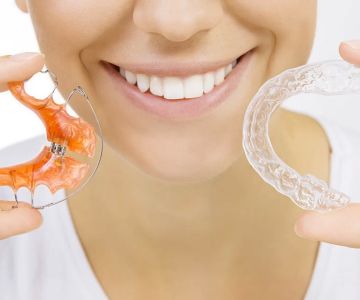
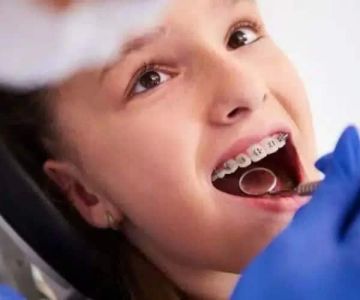
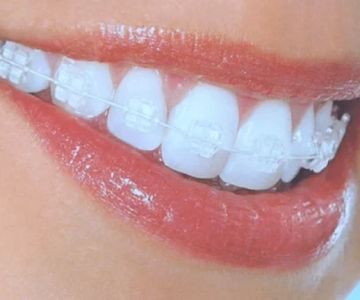
 Periodontology Inc.
Periodontology Inc. Hernandez Dental Care
Hernandez Dental Care East Nashville Aesthetic Dentistry
East Nashville Aesthetic Dentistry DK Orthodontics
DK Orthodontics Glow Dental Spa
Glow Dental Spa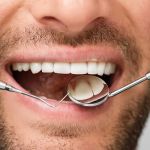 Rizkalla Dental
Rizkalla Dental The Importance of Oral Health Education During Pregnancy for a Healthy Pregnancy
The Importance of Oral Health Education During Pregnancy for a Healthy Pregnancy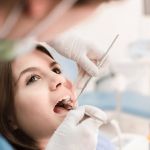 Why Skipping Dental Checkups Can Lead to Bigger Oral Health Problems
Why Skipping Dental Checkups Can Lead to Bigger Oral Health Problems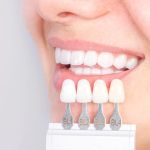 Advantages of Porcelain Dental Restorations
Advantages of Porcelain Dental Restorations Best Tips for Brushing Your Teeth Properly for Healthy Gums: Essential Techniques for Oral Health
Best Tips for Brushing Your Teeth Properly for Healthy Gums: Essential Techniques for Oral Health How Can Diabetes Cause Tooth and Gum Problems? Preventing and Managing Oral Health Issues
How Can Diabetes Cause Tooth and Gum Problems? Preventing and Managing Oral Health Issues Healthy Habits for Promoting Good Oral Health and Hygiene: Tips for a Healthy Smile
Healthy Habits for Promoting Good Oral Health and Hygiene: Tips for a Healthy Smile